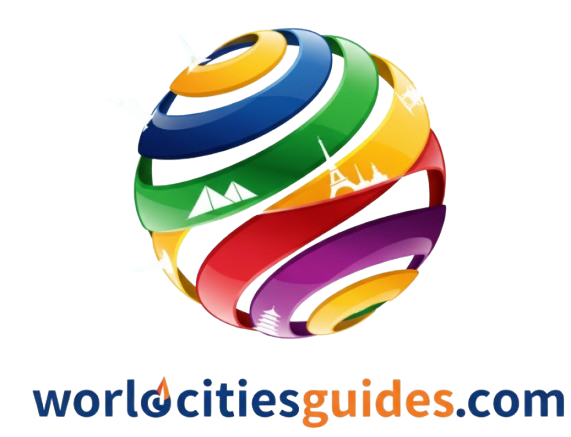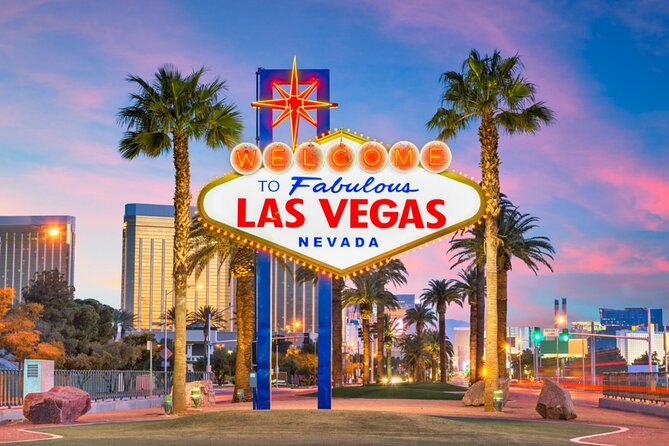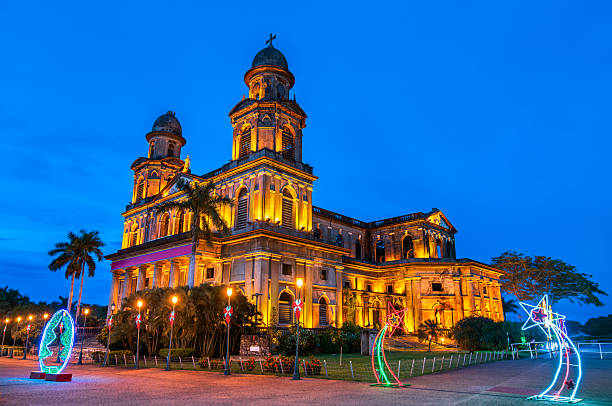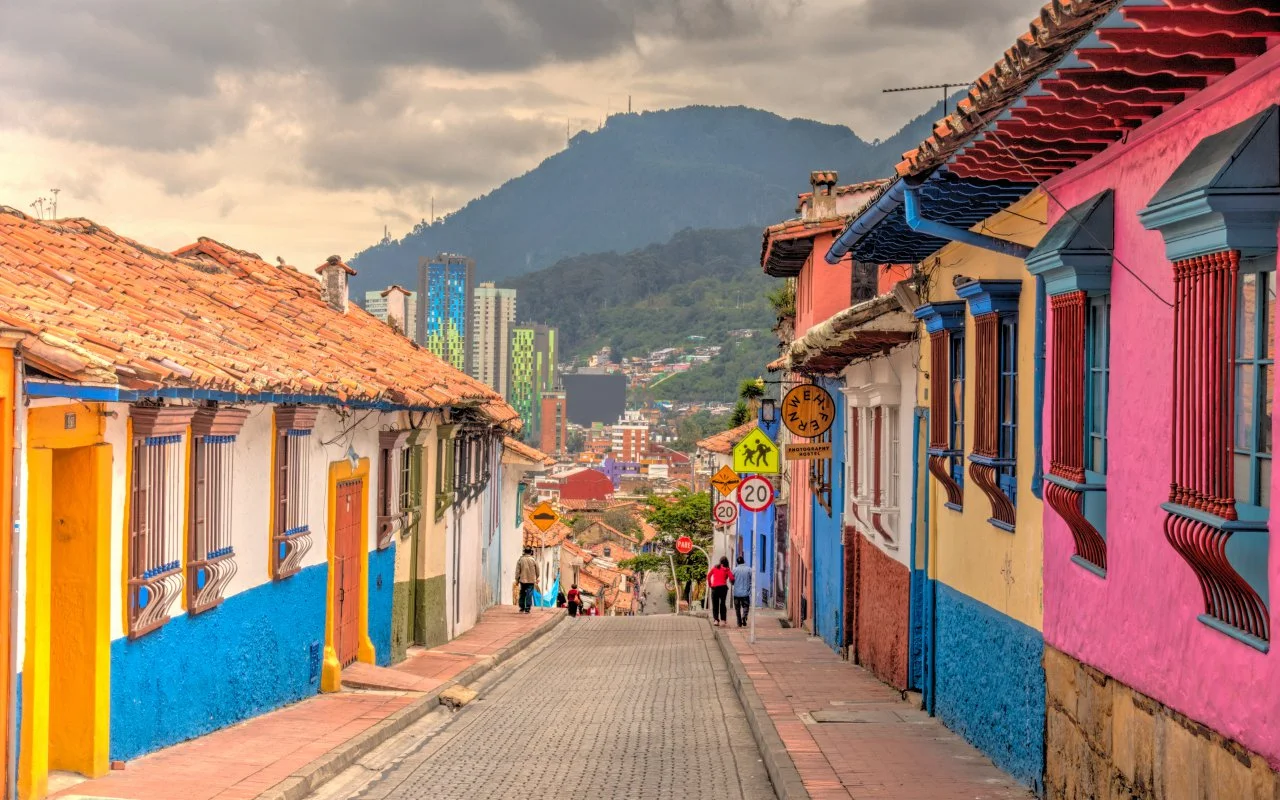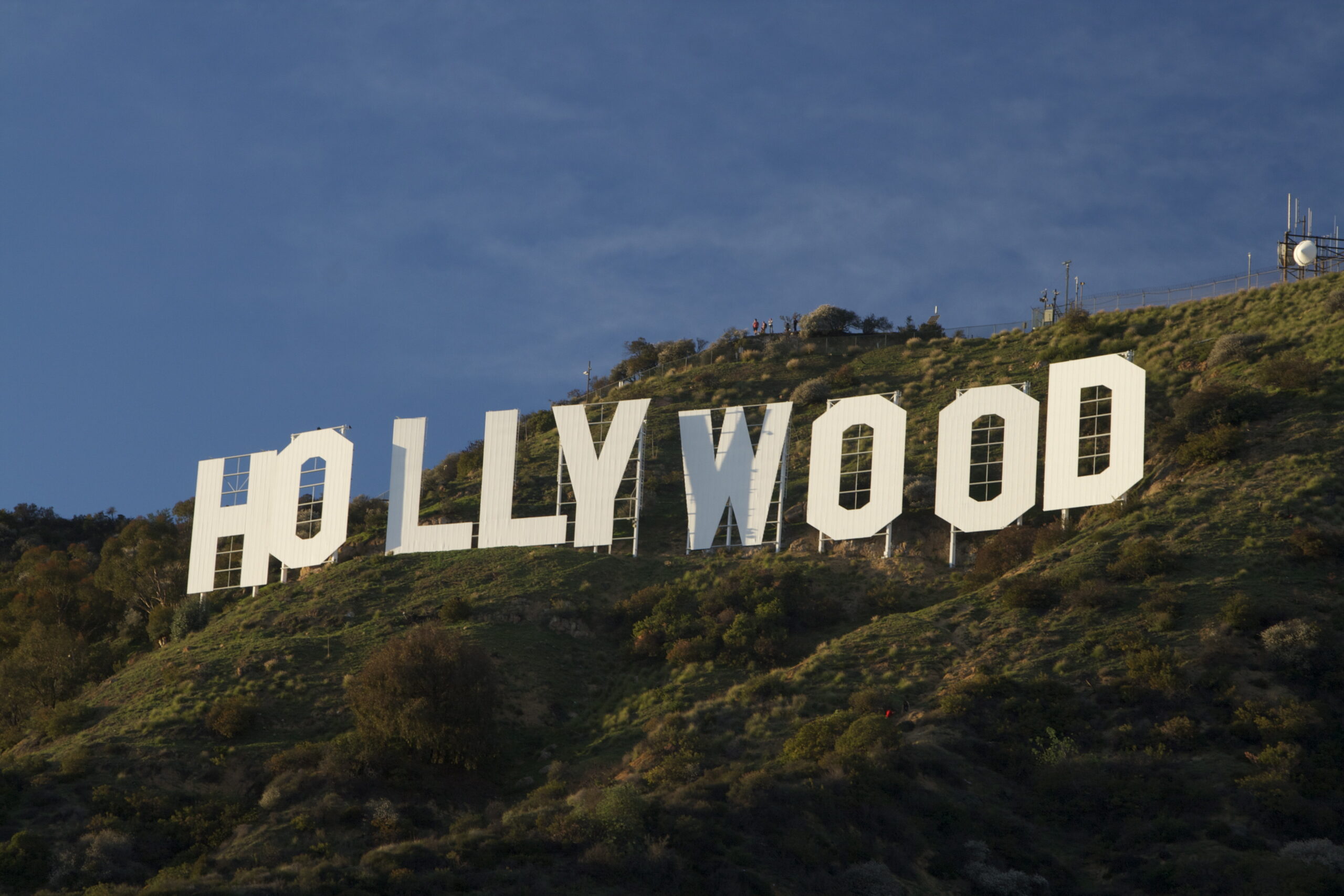For most people, “Las Vegas” are two words that conjure up images of neon lights and casino floors and raging nightlife. But this city in the Mojave Desert is much, much more than a playground for adults. Sin City and a gambling mecca, Las Vegas is a city of great ambitions, swashbuckling change and surprising depth. From the intriguing past, to its position as a world entertainment capital, Las Vegas has it all—glamour, grime and growth.
A BRIEF HISTORY: FROM DESERT TO DESTINATION
The entertainment capital of the world wasn’t always Las Vegas. In reality, it had quite humble origins. Early explorers in the 19th century named the area “Las Vegas,” which means “The Meadows” in Spanish, for the springs they found there — rare in a desert landscape.
For most of its early existence, Las Vegas was little more than a pit stop for travelers and settlers on their way west. The city wasn’t officially established until 1905, aided by the arrival of a railroad that traveled through the area. It was caught up in the same fever that led to its incorporation as a city in 1911, but by far the greatest surge came during the 1930s.
Economic conditions were revived in the area by construction of the federally financed Hoover Dam during the Great Depression, which brought thousands of workers to the region. Nevada legalized gambling in 1931 about the same time that Las Vegas started to metamorophose into a large playground for grownups.
Pasteurization and the commercial sugar beet industry were two of the first industries to face growth in the 1940s and late 1930s, with United States military service industries writing new chapters into local history. The late 1940s and early 1950s also saw increased tourism reach inspired now by post-war buildout of casinos on what would become the Strip as well as welcome construction of low-cost housing for families. Mob control was a defining force in the city’s fledgling entertainment and casino world, but corporate interests gradually prevailed over the years. The city of Las Vegas was established in 1905 and incorporated in 1911.
A GROWING POPULATION
According to recent figures, the city has a population of more than 660,000 people in the city and over 2.3 million in its metropolitan area such as Henderson and North Las Vegas. Yet Vegas isn’t just a tourist town anymore — it’s a big city with schools, suburbs, tech companies and an economy that has quickly diversified.
Americans and people from around the world have long flocked to Las Vegas for its weather, lifestyle and jobs, especially in hospitality, entertainment and logistics.
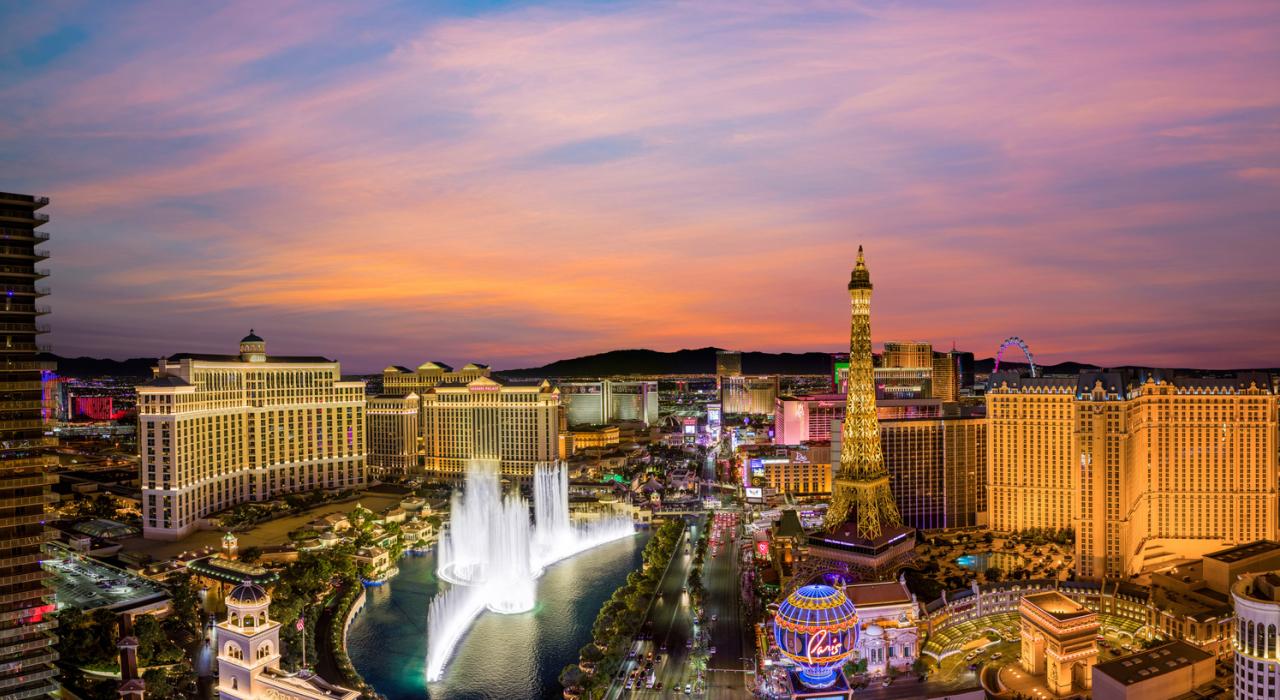
LANGUAGE, CURRENCY AND ELECTRICAL STANDARDS
Las Vegas in United States and English is the national language. However, with such a diverse culture and large Hispanic community there is also massive use of the Spanish language – especially in service-based industries.
Currency The currency is the American dollar (USD). Credit card acceptance is pervasive, and ATMs are everywhere: in hotel lobbies, at grocery stores, gas stations.
For electricity, the city utilizes 110-120 volts at 60 cycles with normal Type A and B outlets. Visitors from countries with different voltages will need an adapter, and possibly a voltage converter for certain appliances.
THE DESERT CLIMATE
I’m talking about Las Vegas in the middle of the Mojave Desert; it stands to reason that it’s going to be hot as heck. Summers are very hot, with day temperatures commonly between 40 °C (104 °F) and 45 (113 °F) during June–July–August. The low humidity makes no matter of heat tolerably and it is not unusual for tourists used to muggy weather.
Winters there are mild and comfortable, as it ranges from 8°C (46°F) at night to 18°C (64°F) during the day. Rain is an infrequent occurrence — Las Vegas receives less than five inches of rain a year. It is called a city of sunshine, with over 300 days a year of recorded clear and sunny days.
WHAT’S COOKING IN VEGAS?
Las Vegas is a gastronome’s delight. The place that once was defined by all-you-can-eat buffets and fast food is now a world-class culinary destination. Top celebrity chefs like Gordon Ramsay, Wolfgang Puck and José Andrés have opened restaurants on the Strip — you name the cuisine, it’s there, from high-end sushi to gourmet burgers.
Yet a few classic Las Vegas favorites persist:
Shrimp cocktail: A classic throwback from the old casino days.
Prime rib and steak dinners: A casino or hotel restaurant specialty in many places.
Buffets: Several have shuttered or changed in the pandemic across Las Vegas, but luxury ones such as those at the Bellagio and Caesars Palace remain fixtures for a reason — variety and quality.
Fusion cuisine: Given the city’s massive and diverse population, everything from Korean tacos to Thai street food is just a few minutes away.
For those seeking relief from glitzy Las Vegas, off-Strip communities provide exceptional fare at far more reasonable prices — whether it’s taco shops or vegan cafés.
TRANSPORTATION: GETTING AROUND THE CITY
Despite its fame, Las Vegas is a driving city. Most locals own cars, and the city is spread out. However, tourists on the Strip or downtown can pretty easily get around.
The Monorail: A slick, efficient of getting up and down the east side of the Strip; stops at big hotels and attractions.
Buses: The Regional Transportation Commission (RTC) runs double-decker buses, such as the popular Deuce series of vehicles that move up and down the Strip and into downtown.
Taxis and ride-hailing apps: Uber and Lyft are abundant, though pick-up spots at hotels may be limited to designated areas.
Walking: The Strip is walkable, but the distances between hotels can be deceiving. A five-minute walk might look like a 20-minutes one.
Though many hotels offer airport transportation, a car is advised for visitors who plan to venture past the Strip. Day trips: Popular day trips from Las Vegas includes Red Rock Canyon, the Hoover Dam and even the Grand Canyon.
IS LAS VEGAS SAFE?
In general, it’s a safe city for tourists especially in the more populous areas of the Strip and downtown. The city focuses heavily on security, especially at casinos, hotels and event venues. There are surveillance cameras all over the place, and private security companies in nearly every major resort.
That said, as with any megalopolis, there are things you should know:
Petty crime: Pickpocketing and scams are possible, especially in touristy areas.
Nightlife dangers: Alcohol is cheap, and things can spiral. It’s ideal to be with trusted friends and understand your limits.
Off-Strip caveat: Some non-tourist-zone neighborhoods can be a little rough, especially after dark. Stick to familiar spaces if the city is new to you.
In other words, apply common sense, keep mindful and you’ll probably have a trouble-free visit.
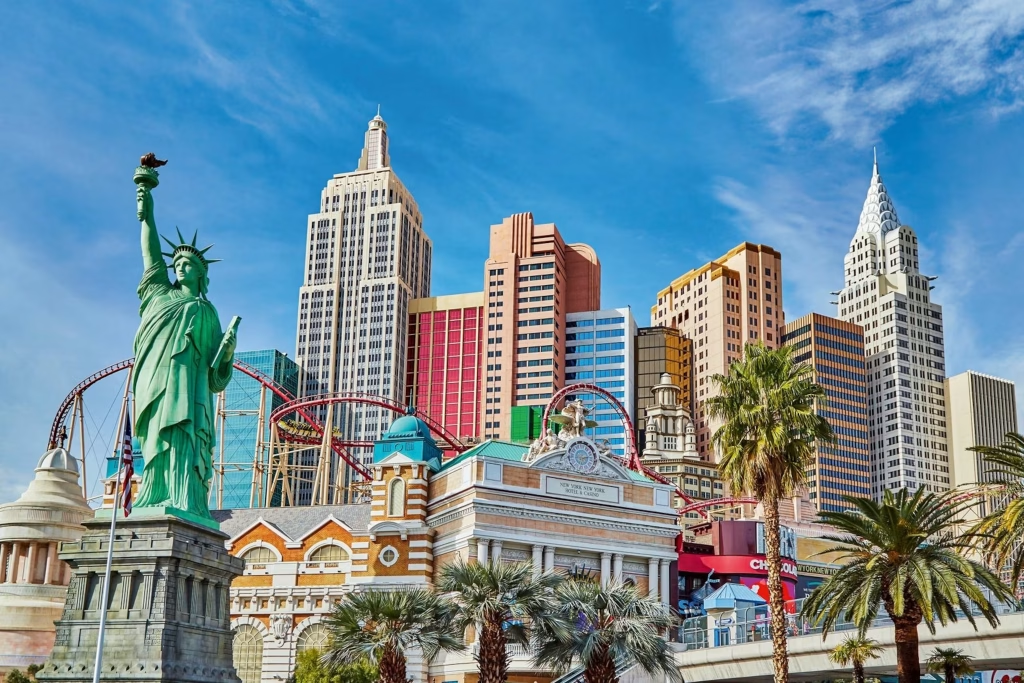
MUST-SEE ATTRACTIONS IN LAS VEGAS
There’s no shortage of things to do and see in Las Vegas, on or off the Strip. Here is a selection of the highlights:
The Las Vegas Strip: The city’s most famous stretch is lined with iconic casinos, luxurious hotels and giant resorts. Walking the Strip is an experience in and of itself — ranging from fountains, volcano shows and people watching.
Bellagio Fountains: Dancing free shows of water and lights to music go off every 15–30 minutes in front of the Bellagio Hotel.
Fremont Street Experience: In the middle of downtown with live performances, zip lines and some original Vegas casinos that give you a taste of the old school.
The High Roller: The world’s tallest observation wheel offers splendid bird’s-eye views of the Strip and beyond, especially in the evenings.
Cirque du Soleil: Several shows, all with their own special theme, acrobatics and visual splendor. O” and “Mystère” are great choices.
The Mob Museum: An interactive downtown museum thatâ€s a deep dive into organized crime in America, including lots of Las Vegas-specific stories.
Red Rock Canyon: This natural refuge, just 30 minutes away, provides hiking, scenic drives and rock climbing.
Hoover Dam: A testament to human ingenuity is less than an hour from the Las Vegas strip, and offers guided tours and breathtaking views of the Colorado River.
THE CITY THAT REINVENTS ITSELF
One of the most magical things about Las Vegas is its seemingly inexhaustible ability to reinvent itself. Hotels get razed and rise again, new shows start up each season and restaurants come and go with the fashions. It is a place of imagination, reinvention and extremes.
But there’s more to Las Vegas, beyond the shows and slots — families, artists, entrepreneurs and students call it home. It’s a city where schools and parks run by the local government, and a homegrown culture, are emerging. For those who stop to notice, there’s an ecosystem and a history around the flashing lights.
You know what you’re getting in Vegas. It’s not just casinos and bachelor parties — although there is plenty of that as well. A place where history meets high-tech, and desert landscapes frame neon skylines — it’s a place where anything seems possible. Whether it’s the temptation of the Strip or that alluring desert beauty, Las Vegas calls — to be discovered, experienced and possibly endured alongside your potential good fortune.
